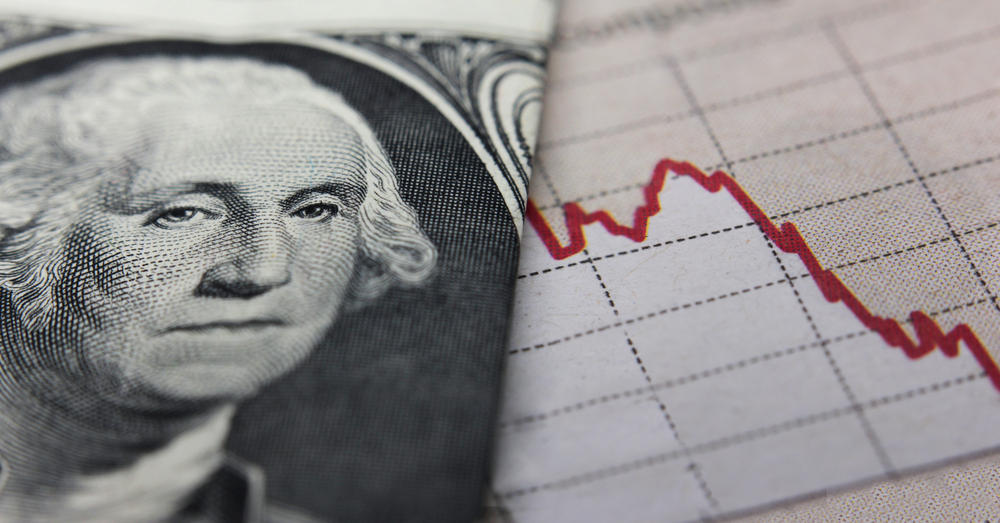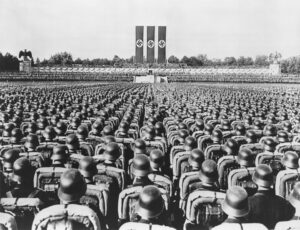
- 1981: The Early-’80s Recession – The recession that took place in the early 1980s lasted from July ’81 to November the next year, and was marked by enormous interest rates, high unemployment, and rising prices. Unlike other market-crash-caused crises, it is impossible to try and pin this one to a specific date. As “TIME” reported, “for the first time in many years, polls are showing that more and more Americans are concerned about unemployment than inflation. If unemployment will break 10%, we will be in big trouble.” And guess what? Unemployment peaked the next November at 10.8%
- 1987: Black Monday – If the Crash of ’29 was completely underappreciated at the time it took place, the meaning of Black Monday 1987 was completely overblown. However, it was understandable, given what happened really. The 508-point drop in the Dow Jones Industrial Average on October 19 market de biggest one-day percentage loss in the Dow’s history. However, the reverberations weren’t that severe, according to historical standards. An entire nation suddenly froze out of curiosity and shock.
- 2001: The Dot-Com Crash – Back in 2001, the dot-com bubble managed to deflate slowly, and haltingly, in two years. However, it was a discrete and identifiable crash that carved the path for the early 2000s recession.
- 2008: The Great Recession – On September 15, 2008, after many rounds of negotiations between Wall Street executives and government officials, Lehman Bros. suddenly collapsed into bankruptcy. It was followed by AIG. Merrill Lynch was forced to sell itself to Bank of America. And that was only the beginning. In a “TIME” cover story written by Andy Serwer and Allan Sloan, it said: “It’s horribly confusing if I dare to say terrifying; even for people like us, with a combined 65 years of writing about business, we’ve never seen anything like what’s going on.”
If you enjoyed reading this article, we also recommend reading: 6 Supreme Court Decisions Yet To Be Decided







